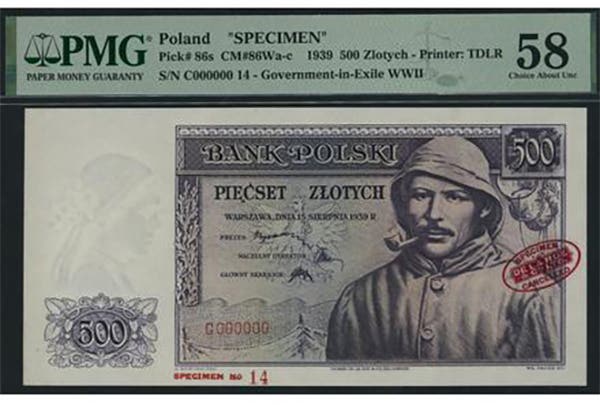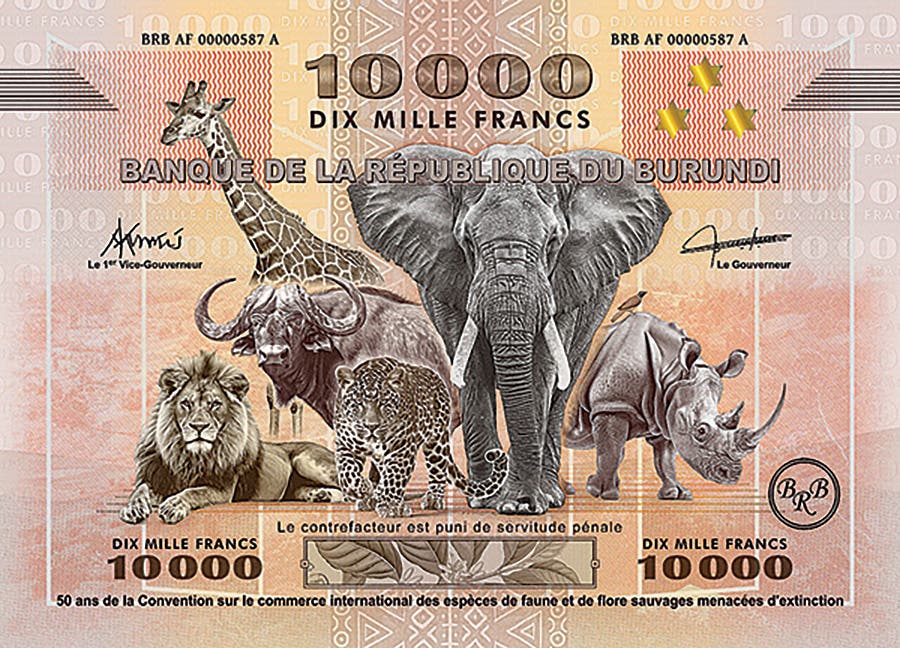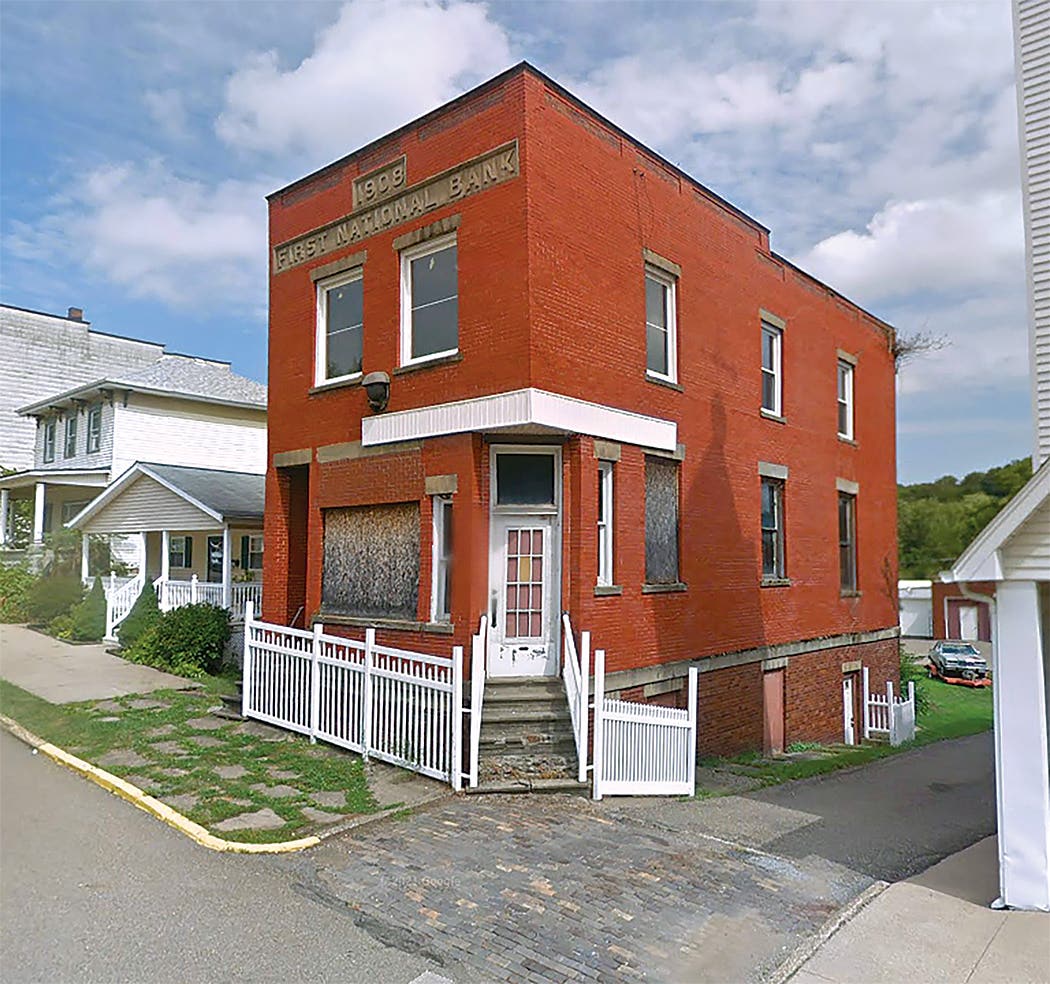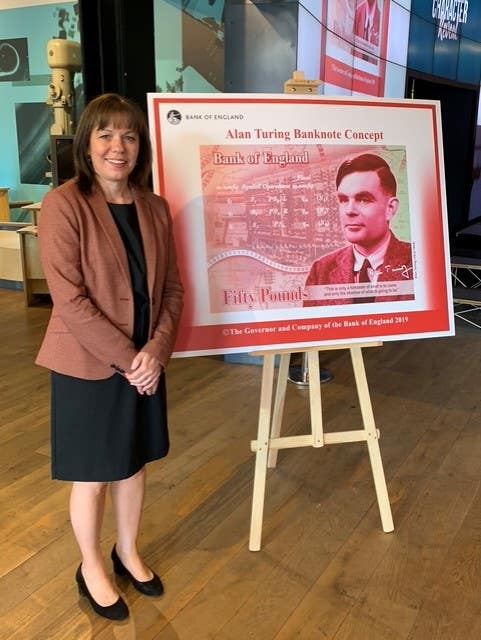Martha starred on the first $1 SC
By Tom LaMarre More than 80 years after she died, Martha Washington starred on the first $1 Silver Certificate. To this day, she is the only real-life woman depicted on…
By Tom LaMarre
More than 80 years after she died, Martha Washington starred on the first $1 Silver Certificate. To this day, she is the only real-life woman depicted on U.S. paper money.
Ironically, Martha Washington did not entirely enjoy her role as the first of the First Ladies.
“I think I am more like a state prisoner than anything else,” she confided in a letter to a niece. “There are certain bounds set for me which I must not depart from.”
But then, the first $1 Silver Certificate was also a departure. Silver Certificates were issued in accordance with the Act of Congress dated Feb. 28, 1878, which also provided for the standard silver dollar’s comeback.
The new notes were redeemable for silver dollars on demand.
The first Silver Certificates were of the series of 1878 and 1880 and ranged in denomination from $10 to $1,000. An Act of Aug. 4, 1886 authorized the $1 Silver Certificate.
The act made appropriations for sundry civil expenses of the government for the fiscal year ending June 30, 1887, and for other purposes, including Silver Certificates.
“An issue of silver notes in small denominations is about to be made upon the same basis as the Silver Certificates now outstanding,” The Student reported. “The ones will be embellished by a portrait of Martha Washington.”
Credit for the selection of Martha Washington’s portrait for the first $1 Silver Certificate, Series of 1886, goes to John A. O’Neil of the Bureau of Engraving and Printing.
O’Neil died in Washington, D.C., on June 17, 1892. His obituary in the 1893 edition of Appleton’s Annual Cyclopedia said:
“In April 1885, he was appointed chief of the engraving division of the Bureau of Engraving and Printing, and because of his ability as an expert steel engraver and as an executive, he was retained in the office by the Harrison administration.
“He selected the picture of Martha Washington for the $1 Silver Certificate, against a protest based on the fact that she would be the first woman that ever graced the face of a paper note.”
It helped that a high-quality portrait of Martha Washington was ready to use. According to the Dec. 5, 1940, issue of the Sheboygan Press, BEP artist Joseph Ourdan designed the note. The Aug. 7, 1886, issue of the Stevens Point Gazette said the new $1 Silver Certificate would bear a copy of the Gilbert Stuart portrait of Martha Washington.
Actually, BEP artist Charles Burt had engraved the image in 1878, copying a drawing by Charles Francois Jalabert, who in turn copied the Stuart portrait.
Ordinary stipple work, characterized by light touches of the graver, would not have been acceptable for the paper money likeness.
“If the portrait of Martha Washington be examined,” Franklin B. Smith wrote in the Feb. 15, 1890, issue of Harper’s Weekly, “it will be discovered that it contains nothing but straight or curved lines. The lines in the portrait had to be separate and distinct, and cut as deep as possible, or else it could not be transferred and clearly printed.”
Work on the $1 Silver Certificate design continued through the summer of 1886. Under the headline “New Silver Certificates,” the Engineering and Mining Journal reported:
“It is learned at the Treasury Department that the new Silver Certificates authorized at the last session of Congress will not be ready for issue much before the first of November.
“The designs of the plates have been prepared in part, and were recently approved by Acting Secretary Fairchild.
“The $1 certificate contains a vignette of Mrs. Martha Washington.”
The Martha Washington note was one of several new Silver Certificate designs slated to appear, which slowed the design process. The Aug. 20, 1886, issue of the Crawfordsville, Ind., Daily Argus News explained:
“Considerable time is required for the preparation of the certificates, principally in the manufacture of the distinctive paper and in the designing and engraving of the plates....
“The $1 certificate contains a vignette of Mrs. Martha Washington, the $2 certificate a vignette of Gen. Hancock in full uniform, and the $10 certificate a vignette of Vice President Hendricks. The design of the $5 Silver Certificate has not yet been selected. It is said that either Gen. Grant or Gen. McClellan will be selected as the vignette.”
The first Martha Washington notes were released in the fall of 1886. To say they created a stir would be an understatement.
“The people have had for a long time with them the ‘dollars of our daddies’ [a popular expression for silver dollars],” said the Oct. 28, 1886, issue of the Atlanta Constitution. “But the government has at last furnished them with the ‘dollar of our mummy.’
“The new issue of $1 bill is very pretty. The most striking thing about it is the portrait of Mrs. Martha Washington, and as this is the first bill issued by our government bearing a female portrait, the boys are all stuck on it.”
There was some question as to whether the portraitist exercised artistic license and improved Martha’s appearance. In an article titled “The Real Martha Washington,” in an 1887 issue of The Cosmopolitan, Frank G. Carpenter wrote:
“I don’t think [Martha Washington’s] picture, as engraved upon the new $1 Silver Certificates, gives the proper idea of her. The bust there displayed evidently represents a very tall woman; and Mr. Andrews, the artist, in his painting of Martha Washington which hangs as a companion to Stuart’s portrait of General Washington in the East Room of the White House, carries out the same idea.
“The truth seems to be that she was, in her latter days, short and dumpy rather than tall and symmetrically shaped.”
Carpenter added, “A queen is always beautiful, no matter what be her face and figure, and no president’s wife was every anything else in the eyes of the throng that went to her receptions.”
The Martha notes were released amid a growing controversy involving the nation’s monetary system. Supporters of the gold standard faced off against so-called silverites who wanted the “free and unlimited” coinage of silver. The “gold bugs” seemed to find a political message in the selection of Martha’s portrait for the new note.
“The new $1 U.S. Silver Certificates bear the head of Martha Washington instead of the conventional ‘Father of His Country,’ said Life in 1886, “suggestive of the ‘weaker vessel’ in comparison with the ‘gold standard’ of the immortal George.”
The Aug. 19, 1886, issue of the Galveston Daily News called the Martha Washington $1 Silver Certificate “an insult to the memory of the Washington family.” The reason was not a lack of artistic merit. Rather, the newspaper complained that Silver Certificates lacked direct legal tender status, and the silver dollars for which they were redeemable contained less than a dollar’s worth of silver.
On the lighter side, it wasn’t everyone who could claim ownership of Martha’s head wear as seen on the new note.
“Persons fortunate enough to possess a $1 Silver Certificate have an excellent picture of Martha Washington, the wife of the Father of His Country,” the Indiana Democrat said.
“The becoming headdress which Mrs. Washington wore when she sat for the portrait from which the copy is made is in the possession of Mrs. Hortensia Hardesty McIntire, the wife of congressman William C. McIntire.”
Production of Martha Washington Silver Certificates continued for a decade. In 1887, The Engineer said the Bureau of Engraving and Printing “…is now engaged principally in getting out the new Gold and Silver Certificates, which are the handsomest productions of the engravers’ art ever turned out, and will be next to impossible to counterfeit.”
In particular, the publication admired the Martha note. “The $1 certificate bears a portrait of Martha Washington,” it said, “set in a frame of intricate lathe-work.” It added, “This is the first time a woman’s portrait has ever appeared on a bank note.”
The story provided a glimpse at the BEP’s operations in the 19th century:
“The process of engraving plates and printing money is an interesting one. The bureau has a staff of engravers who are paid $8 a day and upward, and are sure of life-long employment as long as they preserve their skill.”
The government would have preferred to make the Martha note the predominant $1 bill in circulation.
“The Secretary of the Treasury is doing everything in his power to replace small denomination Treasury notes with Silver Certificates,” the Jan. 22, 1895, issue of the Daily True American reported.
“In the absence of a law restricting the issue of notes to those of high denominations, he proposes in an indirect manner to reduce the number of $1 and $2 and perhaps $5 Treasury Notes for the purpose of increasing the use of the Silver Certificates in all small transactions.”
Martha notes came with many different signature and seal combinations. Examples of the original design were printed with a small red, plain seal and Rosecrans-Jordan and Rosecrans-Hyatt signatures.
Next came a large red seal and Rosecrans-Hyatt and Rosecrans-Huston signature combinations.
The BEP subsequently printed Martha notes with a large brown seal and Rosecrans-Huston and Rosecrans-Nebeker signatures.
It then switched to a small red, scalloped seal with the Rosecrans-Nebeker signature combination.
Up to that point, Martha Washington $1 Silver Certificates had an ornately engraved floral design on the back. Because it was difficult to distinguish from other denominations, the design was changed on the Series 1891 Martha Washington Silver Certificate. The new back was less elaborate and had more white space.
Series 1891 $1 Silver Certificates had a small red, scalloped seal and were printed with Rosecrans-Nebeker and Tillman-Morgan signature combinations.
During its long production run, the Martha Washington Silver Certificate was widely counterfeited. The quality of the bogus notes ranged from crude to extremely deceptive.
Counterfeiters employed every technique imaginable, from hand-drawn pen and ink copies to photographic reproductions. The July 23, 1888, issue of the Newark Daily Advocate described one of the baser efforts:
“Its general appearance is very good, but the vignette of Martha Washington is very coarse and scratchy. The back of the note at first glance looks remarkably well, but upon inspection there are numerous defects.”
In the late 1880s, genuine Silver Certificates were the only government currency printed on the steam press.
Appearing before Congress in 1889, J.H. Ralston quoted the March 1888 issue of Lucas & Company’s Government and National Bank Note Counterfeit Detector:
“$1 bills, Martha Washington, are destined to cause much trouble in business circles at no distant day, there is no little doubt.
“The black ink used in printing the face of the bills appears not to penetrate the paper. The rubber of an ordinary lead pencil will readily remove every vestige, and after the bills have been in circulation a few months they become badly defaced, giving them the appearance of washed bills, or, as if they were produced by the improved photographic, photo-engraving or lithographic methods to produce facsimiles of any engraving and paper.”
Ralston said the writer had no knowledge of the subject, and that the problem was not with the ink but the use of the steam press.
An innovative cut-and-paste counterfeit $1 Silver Certificate, made by altering a genuine Martha note, proved confusing even to the Secret Service. Answering questions concerning the proliferation of paper money designs and the resulting increased incidence of counterfeiting, a Mr. Bell of the Secret Service told Congress:
“We have a bill in our office, the $1 Silver Certificate of a recent issue, raised to a $50 bill by Peter McCartney, who came out of prison last year after serving 15 years.
“He went down to New Orleans and passed these bills, and was arrested in February. In May last, he was sentenced for 10 years more.
“He raised the bills beautifully. He took the Dexter head from an old 50-cent shinplaster [Fractional Currency note] and pasted it right over the Martha Washington head.
“When I saw that bill, knowing it was raised, without examining it closely, I did not know whether a $50 bill had a Dexter head on it or not. As Chief Brooks has said, the variety [of paper money designs and types] is so great you cannot keep track of it.”
The 1891 edition of The Tribune Almanac and Political Register warned of a “dangerous counterfeit” Martha Washington Silver Certificate, Series of 1886 D.
In 1896 the $1 Silver Certificate known as the Educational Note succeeded the Martha Washington note. But there was at least some design continuity. Next to the portrait of George Washington on the back of the new note was the same likeness of Martha which had appeared on the first $1 Silver Certificate.
This article was originally printed in Bank Note Reporter. >> Subscribe today.
More Collecting Resources
• The Standard Catalog of United States Paper Money is the only annual guide that provides complete coverage of U.S. currency with today’s market prices.
• Any coin collector can tell you that a close look is necessary for accurate grading. Check out this USB microscope today!








